Plaça Catalunya
Catalonia Square is Barcelona's city centre
Plaça de Catalunya in Barcelona, Catalonia Square in English, is a vast square created when the city walls were demolished in 1854. When we talk about the centre of Barcelona, we're talking about this square. It is - in fact - located at the convergence of several of the city's most important districts, such as Eixample, Raval and the Gothic Quarter. So it's a geographical reference point for Catalans and tourists alike. The aerobus, for example - which links Barcelona airport to the city centre - drops you off or leaves from this square. It's also where the Hop-On Hop-Off bus stops.
For the people of Barcelona, it is more of a meeting point and a passageway between the different parts of the city.
For everyone, it's a place for shopping, with the square and its adjacent streets packed with brand-name shops, department stores, fashion boutiques and other popular names. The emblematic El Corte Inglés stands in one of its corners. But we could also mention El Triangle, Fnac, C&A, Zara and many other brands. It's also where you'll find the Barcelona Tourist Office, the start of the Ramblas that leads down to the sea, and the entrance to the Gotic quarter and its nearby cathedral.
Where is Catalonia Square in Barcelona?
How do I get to Catalonia Square in Barcelona?
Catalonia Square is a hub for public transport in Barcelona.
Plaça de Catalunya is a hub for different modes of transport, including the metro. Plaça de Catalunya" is one of the busiest metro stations in the Catalan capital. It is a transfer station where several metro lines converge, making it easily accessible from different parts of the city.
The following metro lines serve Plaça de Catalunya:
Line L1 (Red): This line runs from Hospital de Bellvitge to Fondo, crossing the city from north to south. You can take this line to places like Arc de Triomf, Plaza Urquinaona, Marina, Plaça d'Espanya, etc.
Line L3 (Green): This line runs from Zona Universitària to Trinitat Nova. You can take this line to places such as Passeig de Gràcia, Diagonal, and Parc Güell.
Line L6 (Violette): This line connects Sarrià to Plaça de Catalunya.
Line L7 (Brown): This line runs from Plaça Catalunya to Av. Tibidabo. You can take this line to places like Avenida Diagonal and the Tibidabo theme park.
>> All information on Metro Barcelona
>> Find best hotels near Catalunya metro
Plaça de Catalunya is also served by several Renfe suburban train lines and numerous bus routes:
Trains: R1, R3, R4, R7, Si and S2
Buses: 24, 55, 67, A1, A2, D50, H16, N1, N3, N4, N5, N6, N7, N8, N9, N11, N12, N15 and N28
History of Plaça de Catalunya
"Plaça de Catalunya" is the phrase to remember for anyone wishing to get around Barcelona. This lively square with its bars, restaurants, street performers, shops and even pigeons has a long history, of course.
Less than two centuries ago, this was an undeveloped area outside Barcelona's ancient fortifications. In the 1850s, the city of Barcelona decided to extend its territory beyond these fortifications and build a new central square. Work on the square began in 1860, under the direction of the Catalan architect Josep Fontserè. Its initial design was based on neoclassical ideas, with gardens and statues. Over the years, however, the square's appearance was changed several times. It was opened to the public in 1864. Major changes were made to the square for the 1888 Barcelona Universal Exhibition, which was held that year. The gardens were redesigned and fountains were added. This was followed by the construction of the Barcelona-Tarragona railway station in 1902 and the Plaça de Catalunya metro station in 1926.

Plaça de Catalunya - Barcelona
Today, the star-shaped square features a number of fountains that are refreshing in summer, including the Canaletes Fountain, statues and sculptures including the very cubic monument in honour of Francesc Macià, President of the Generalitat de Catalunya, a statue of the Woman (Estatua de Mujer)...
The Plaça de Catalunya is often the venue for cultural events, political demonstrations and celebrations such as concerts, parades and festivals.

Plaça de Catalunya - Barcelona
Plaça Catalunya
Plaça de Catalunya, 08002 Barcelona, SpainArea: Eixample right
Metro/Bus: Metro: L1/L3 Plaça de Catalunya / Bus: 9, 14, 16, 17,24, 41, 42, 55, 58, 59, 67, 68, 91, 100, 101, 141, L94, L95
Barcelona metro map
Hotels: Find your hotel in Barcelona in this area.
Nearby best places
-
Plaça Catalunya
Plaça de Catalunya is Barcelona's city centre. It lies at the intersection of several of the city's most important districts, including the Eixample, Raval and the Gothic Quarter. It is the geographical reference point for Catalans and tourists alike.
Eixample right - Plaça de Catalunya -
El Corte Inglés
El Corte Inglés is Spain's largest department store chain...
Eixample right - Plaça de Catalunya, 14 -
Zara Barcelona
Zara has its biggest shops in Barcelona
Zara is certainly the most famous of the Spanish clothing chains. Zara is a brand renowned for its fast, affordable fashion.
Ciutat Vella - Pl. de Catalunya, 5 -
El Triangle
El Triangle: a small shopping centre located in Plaça Catalunya in Barcelona.
Eixample right - Plaça Catalunya, 1 -
Cafe Zurich
A meeting point in Barcelona...
Eixample right - Plaça Catalunya, 1
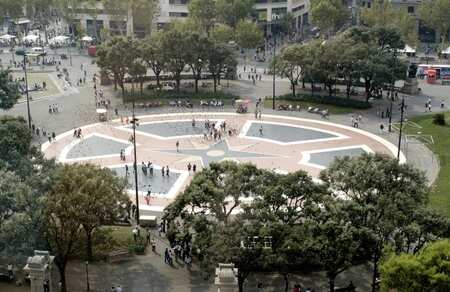
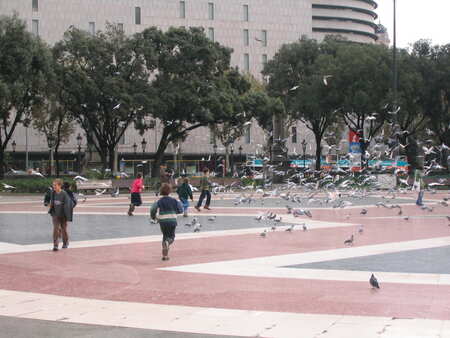
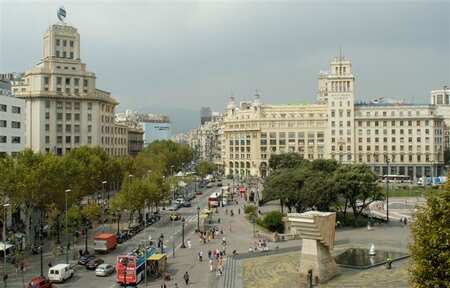
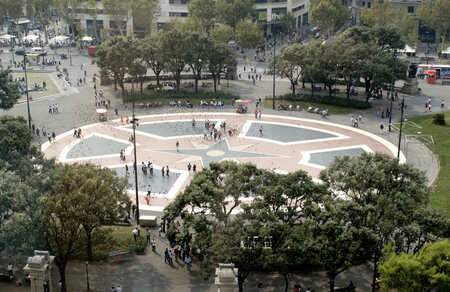
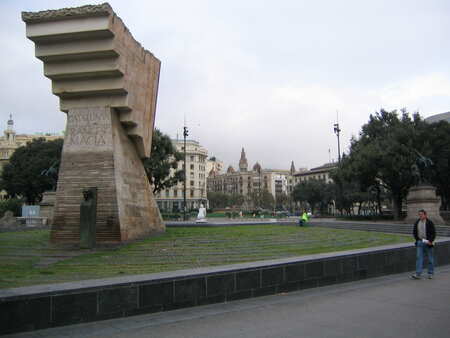
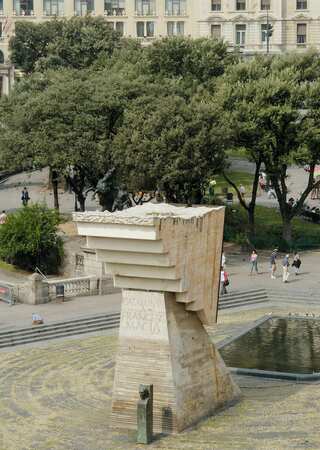
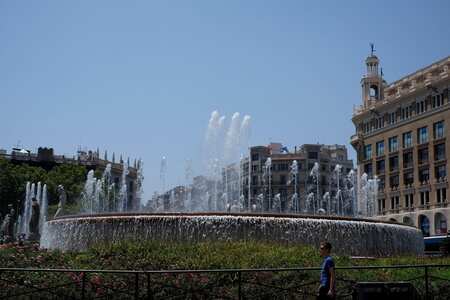
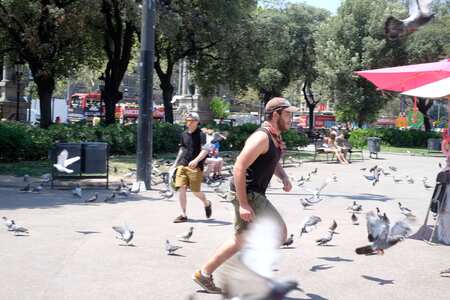


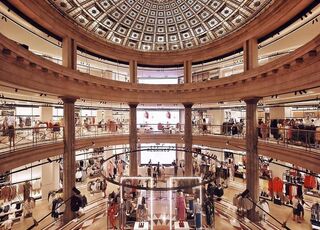
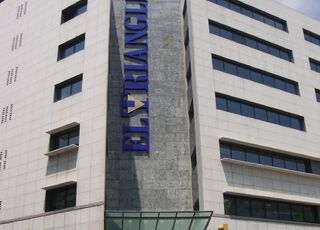
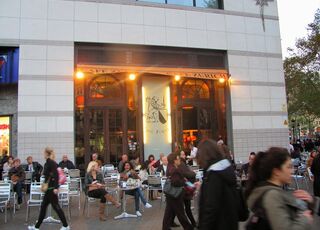

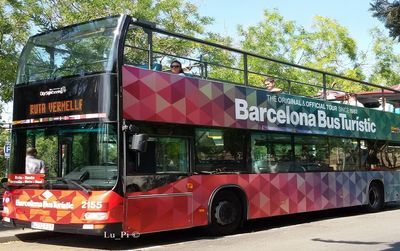
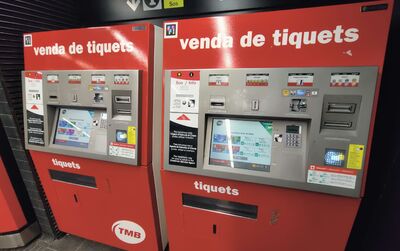
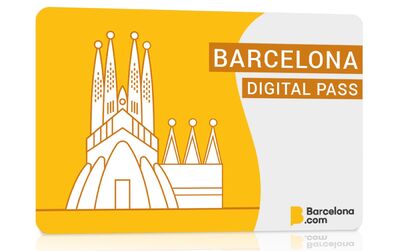
3 comments
the heart of barcelona - mebcn (18 Sep 2023 - 08:14)
The heart of barcelona... not a very beautiful square, but the catalans love it. you need to know it to find your way around the city.
real cool - matu (10 Jun 2014 - 10:30)
last time I was there there was 10.000 people for a kind of city commemoration.. It was cool and fun. Someone behind me said "hey I know you you are the son of XX ...
My god even there in this big crowd and far from my home, I could'not be alone .. too fun.. but great souvenir.
I <3 Placa Catalunya - Matsku (22 May 2007 - 09:05)
I love that place! I was there only few weeks ago. I want to go back there...